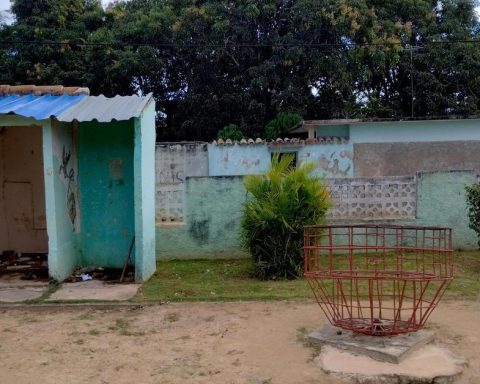The national government prepares a draft decree with which would modify the scheme of rates and retention conditions and self -retention at the source as income tax. The idea with this initiative is to increase the tax collection in advance, especially, considering the current fiscal situation that the country is going through.
(Read more: unions present a questionnaire proposal for popular consultation: the key points)
To better understand what changes this regulation would bring, we explain some of the key points.
According to an analysis presented by the Fiscal Observatory of the Pontifical Javeriana University, the project promoted by the Ministry of Finance does not propose a new collection model, but modifications to the current one. This based on two major axes.
Retention at the source
The first is related to the adjustments to retention at the source, with which the minimum bases to apply it would be reduced. In this case, The changes would have a generalized effect on all natural and legal persons that receive income subject to this figure, even for amounts lower than the current ones.
To better dimension these changes, the Fiscal Observatory explains as an example that in services, it would go from 4 UVT (about $ 200,000) to 2 UVT. For other income, it would drop from 27 UVT (approx. $ 1,344,000) to 10 UVT (less than $ 500,000).
(Read more: the country’s departments that record more yellow fever cases)
Retention at the source
Istock
Self -retention
The second Pilar is associated with self -retention. Here, the adjustments would apply to legal persons benefiting from contribution exemptions, and It would be calculated on sales.
The project, then, proposes increases in most sectors, for example, the activities today at 0.55% would go to 1.2%; The generation and marketing of electricity would rise from 2.2% to 4.5%, and construction activities such as demolition or residential housing would rise from 1.1% to 3.5%.

Retention at the source
Istock
(See: Public Cloud Contract is close to winning: How does digital services affect?)
What effects would it have?
The Study Center states that, although with the application of this measure the Executive could improve its cash flow, natural and legal persons would lose liquidity in the short term, which can affect its consumption and investment capacity. To that is added that If the economy does not grow as expected, balances could be generated in favor or a drop in effective tax revenues in 2026.
On the other hand, the observatory emphasizes that “Although these measures can be understandable from the fiscal point of view, it is key to point out that they transfer financial pressure to taxpayers today, with the promise of ‘compensate’ in the future. It is as if the State charged in advance that it supposes that citizens will win, without certainty.”
In the same way, it emphasizes that if these measures are not temporary, they would end up being an effective increase in the tax burden. “This project makes sense from the fiscal needs of the State, but its application requires measurement, sector analysis and, above all, a rigorous monitoring for its effects on the economy and the pocket of Colombians”he adds.
(More news: what is behind the new audios that Laura Sarabia delivered to the Prosecutor’s Office?)
Portfolio
















